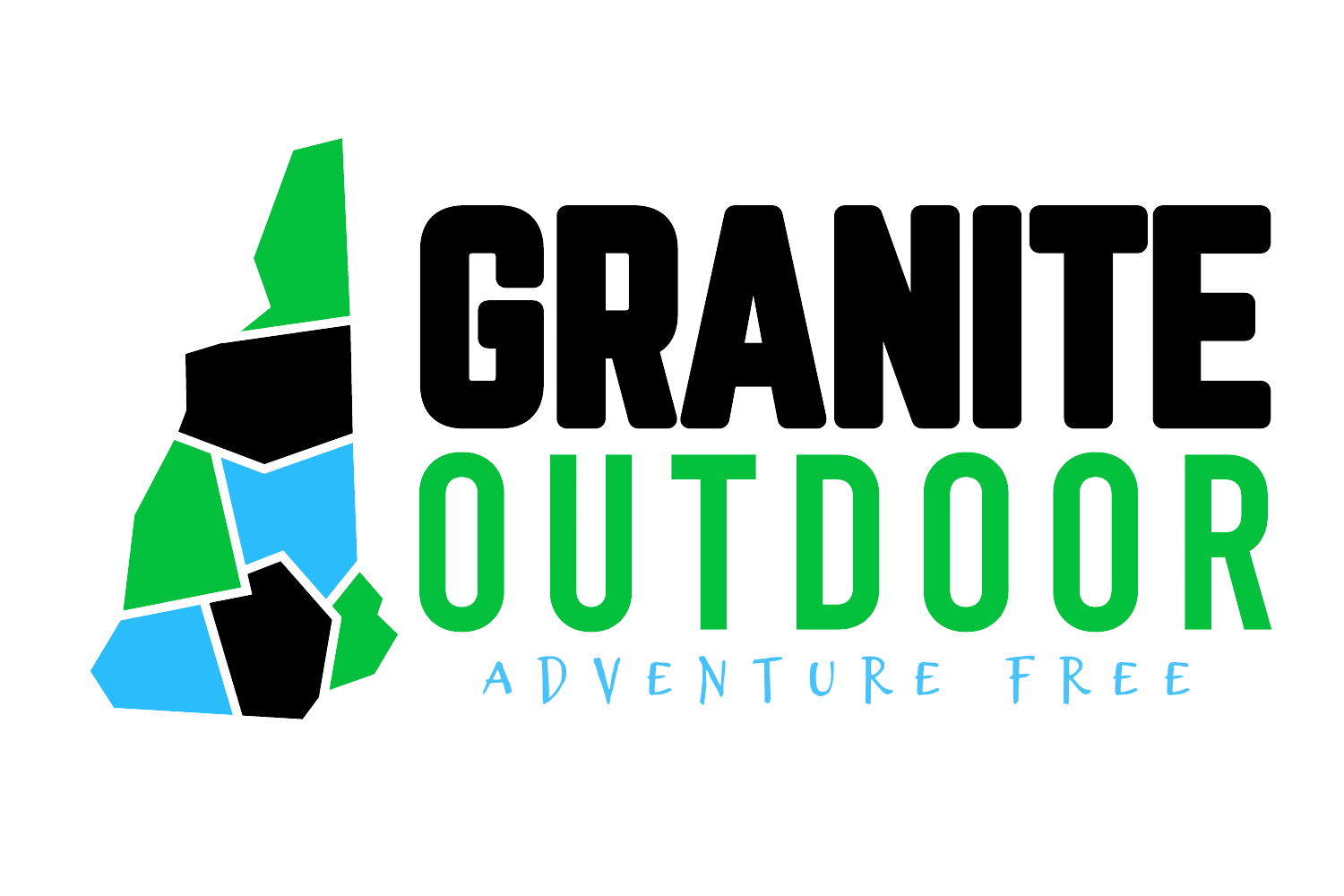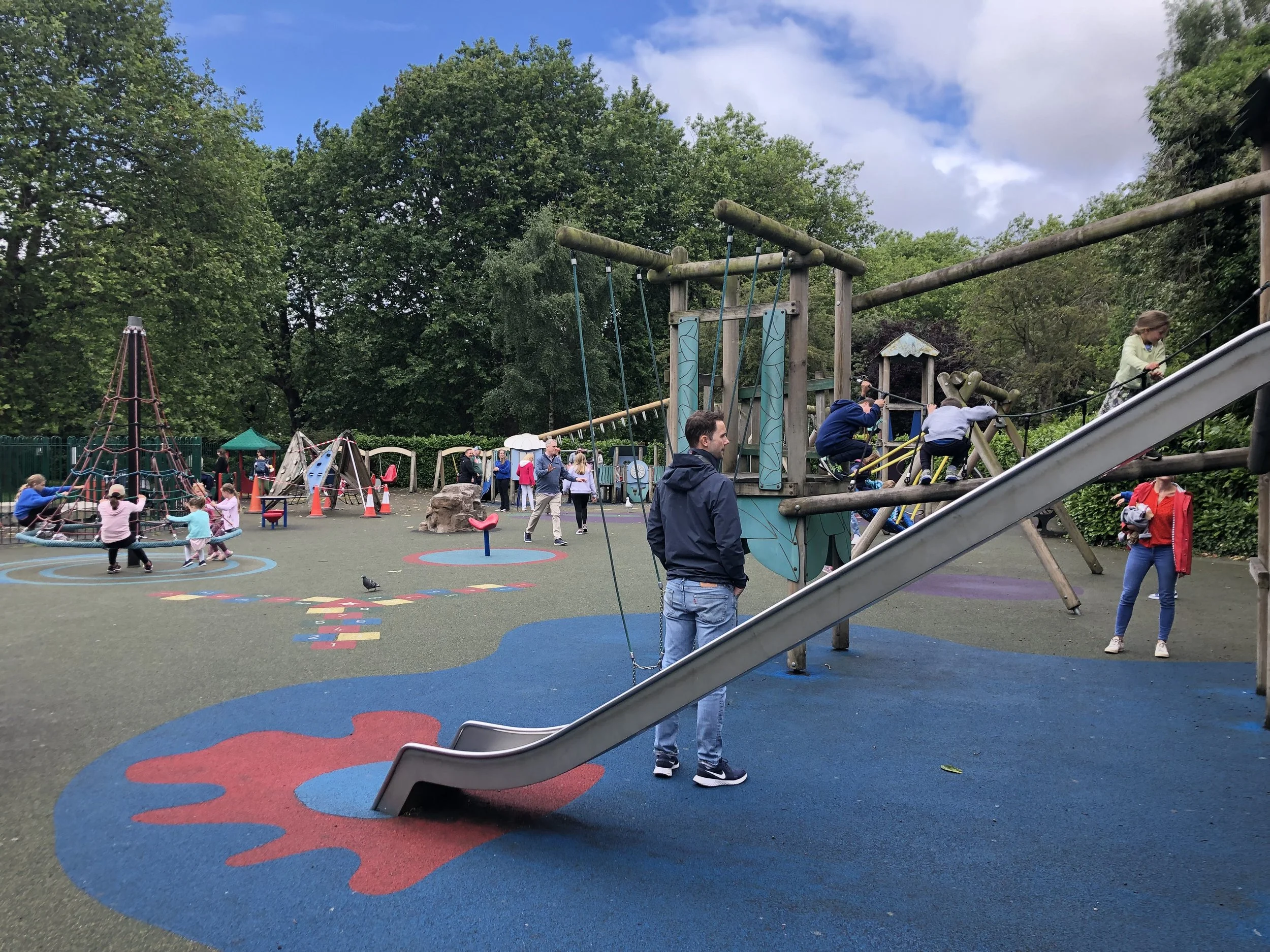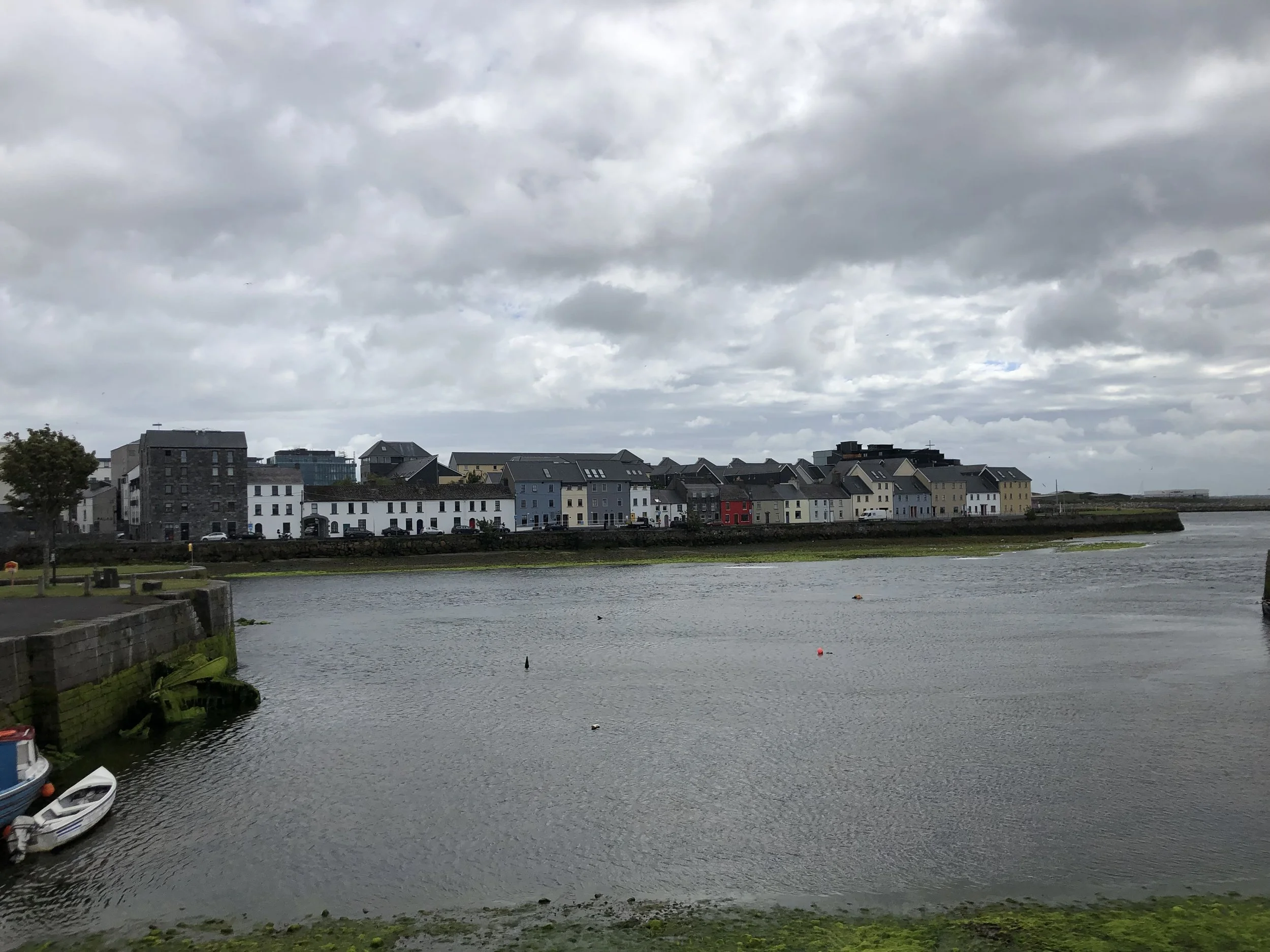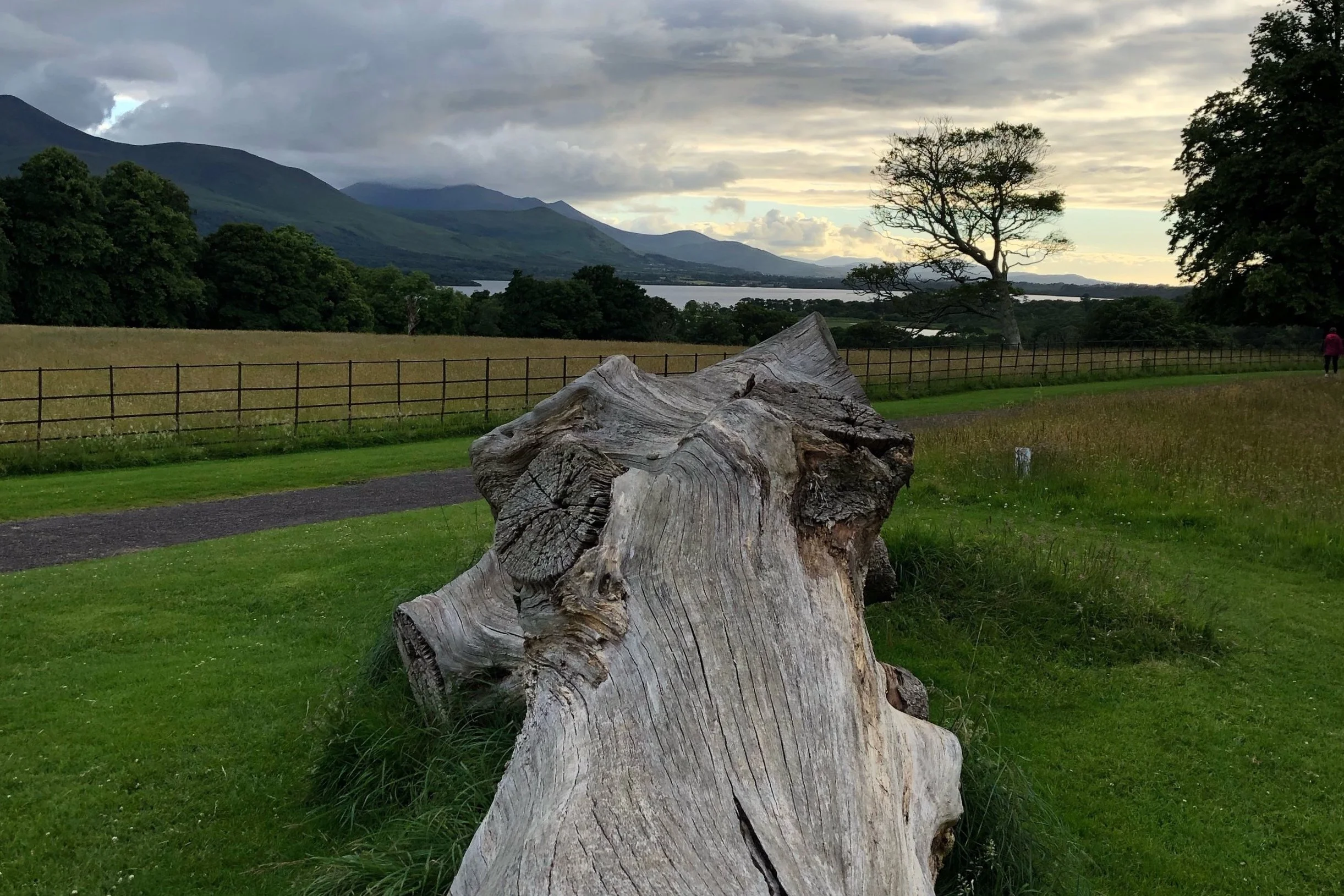In Ireland, Nature and Economy are Intertwined
BY SHANNON ROGERS, Ph.D
Having just returned from an inspiring family trip to Ireland, I am struck by how seamlessly nature and economy are connected on the Emerald Isle. With Irish heritage (my great grandparents emigrated to the US in the early 1900s), I instantly felt at home. The familial connections aside, many of the lessons I share with the students and communities I am fortunate to work with on ecological economics and nature-based economic development were front and center. Here are few of the key take-aways from across Ireland:
The value of urban green space in Dublin
Many visitors to Ireland fly into Dublin, the country’s capital and largest city. With over 1 million residents and many visitors, Dublin is filled with history and culture. Urban planners and private residents who donated land to preserve accessible urban green space had a great deal of foresight. St. Stephens is a historic garden park with a playground, historical statues, water, bridges, benches, and open space to support all kinds of use right in the center of the city. Phoenix Park is one of Europe’s largest enclosed public parks and home to a biodiversity center, zoo, and many recreational opportunities.
Water, science, culture, art and history flow together in Galway
Situated on the Atlantic Ocean, Galway’s Bay, Lakes, and River Corrib are key features of this exciting coastal city. I was fortunate to meet with colleagues at the National University in Galway who are doing important research on water quality impacts to water recreationalists. Check out their PIER and #Bluespaces project. NUI Galway’s campus features a 2km riverwalk that will bring you to a castle. Galway is also part of the Wild Atlantic Way, an impressive sustainable tourism initiative to bring more attention to the Atlantic coast of Ireland.
Walk to town through a national park in Killarney
Throughout counties Kerry and Clare one can witness amazing natural features such as the Ring of Kerry and the Cliffs of Moher. In Killarney, one can also stay in the Killarney National Park and walk or ride (bike or horseback) through an extensive and well-marked trail network to the heart of downtown Killarney. This is amazing for tourists but I was also told by local residents that they use these trails as an accessible form of transportation.
This was just a quick summary of some high-level take-aways. I hope to dig deeper into specific case studies through a series of blogs. If that sounds of interest to you, keep an eye on this space and the UNH Extension website and Community & Economic Development newsletter.
Shannon Rogers, Ph.D, Nature Based Economic Development Specialist and Associate Extension Professor at the University of New Hampshire.



